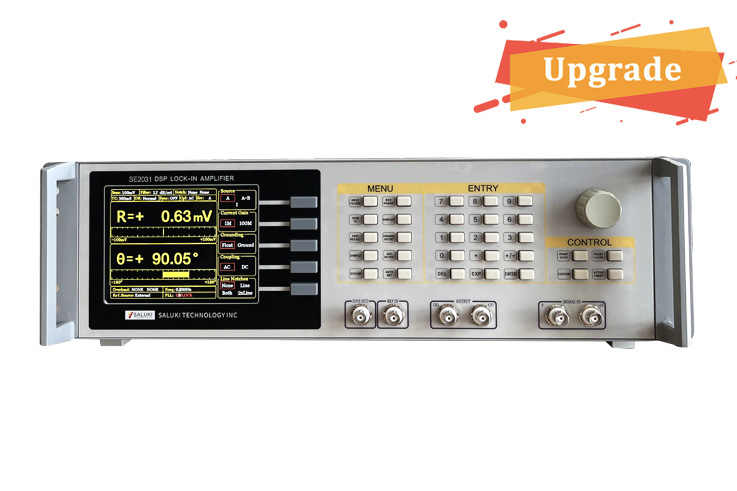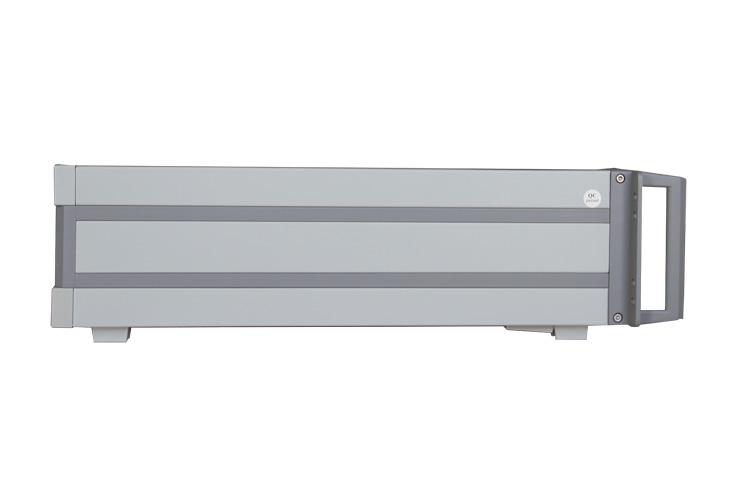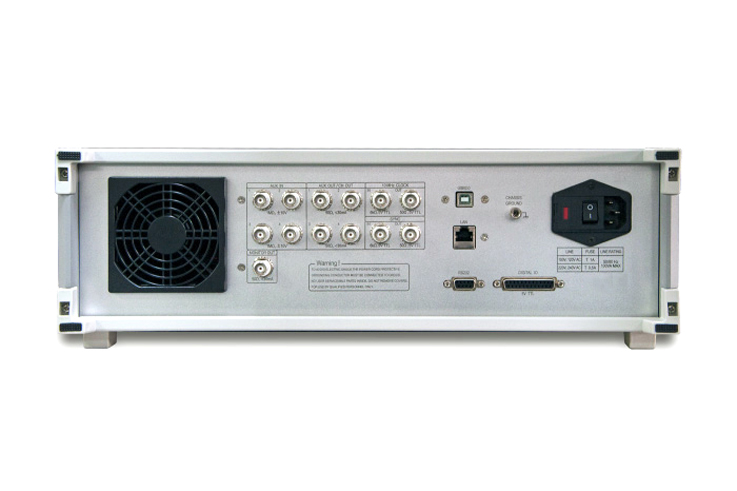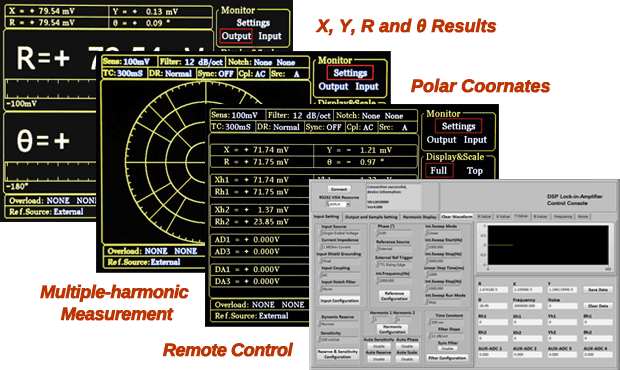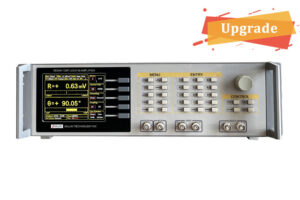SE2031 Digital Lock-in Amplifier provides an excellent performance within its bandwidth from 1 mHz to 10 MHz. With the advantage of the latest digital signal processing technology and high-speed 16-bit ADC, SE2031 can easily detect the phase and the magnitude of weak signals overwhelmed by various large noise. The performance of SE2031 is as good as other lock-in amplifier brands, even better in some certain parameters, such as measurement accuracy, SNR, dynamic reserve. Otherwise, SE2031 integrates some special functions like multiple harmonic measurement, which meets the needs of scientific research and industrial application well.
SE2031 Unit Price: US$13,794.00



